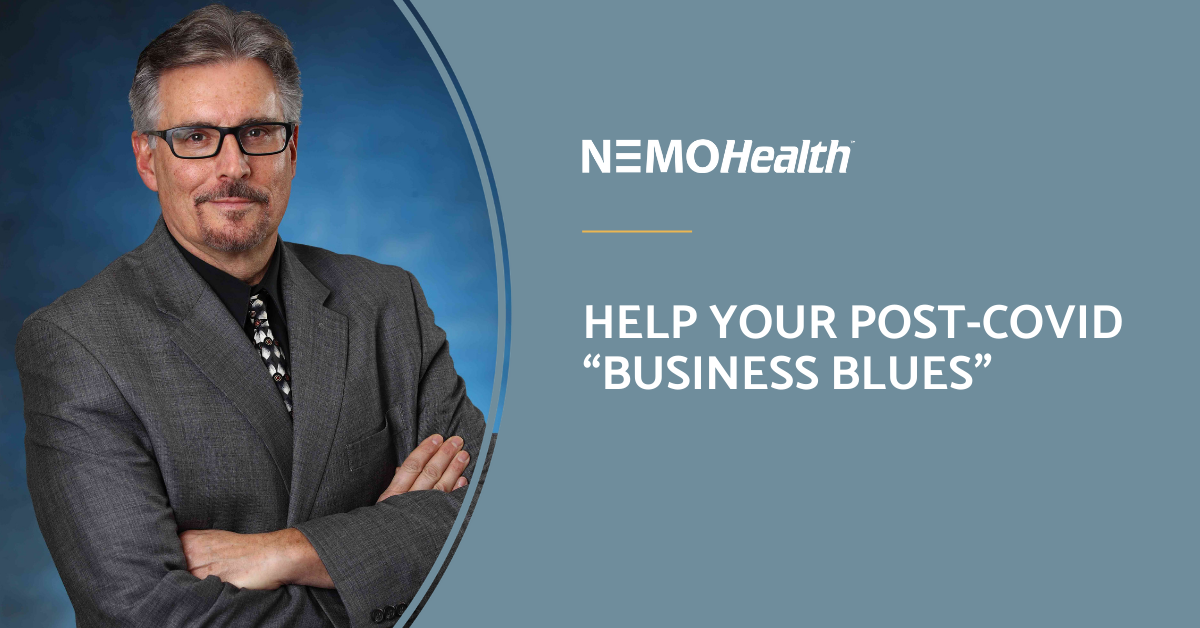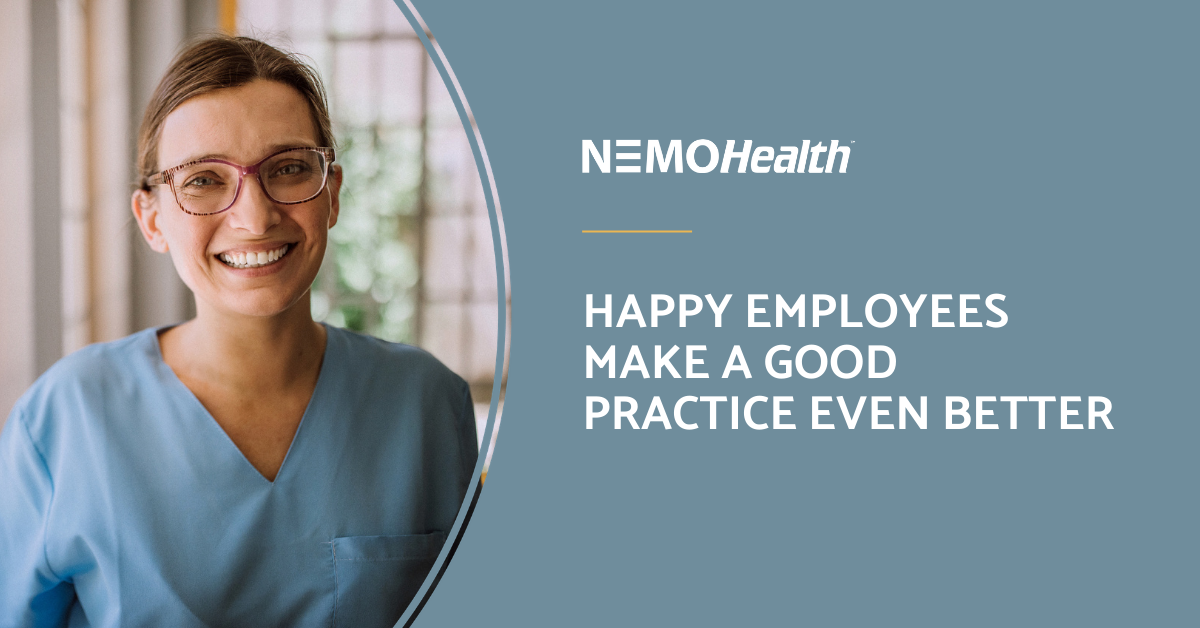
Coronavirus Blog #7…Discharging Your Practice from the ICU
We are finally seeing the slowing of the COVID-19 hospitalizations, which ultimately will lead to a slowing of the casualties. Hopefully, everyone is still helping mitigate this crisis through social distancing, handwashing, etc.
But even after this crisis is long over, the one “victim” that still might remain in critical condition for quite some time is your patient visit volume and your practice’s financial health. Many of you are currently operating at a significantly lower patient volume — perhaps even lower than what it takes to meet your fixed expenses, let alone your total expenses. In time, things will normalize. But many practitioners might face a 20% or greater reduction in their patient visit volume for quite some time. This blog post focuses on what you will need to re-engineer in order to regain your profitability, despite your lower visit volume.
I was recently asked a great question: “John, if my visit volume continues to be compromised for a lengthy period of time, I’m simply not going to be able to survive. Is there any magic cure for this?” Indeed there is.
Aside from marketing, what I believe is going to separate those practices that not only survive, but perhaps even thrive post-COVID, versus those that will continue to struggle and potentially suffer a mortal wound, will be 100% about provider behaviors.
While it’s not true of all providers that I work with, some providers have a great deal of room for improvement in how they view a patient’s pathology. I’d like you to think about a hypothetical dental appointment. If you ever had the misfortune of having a toothache, a visit to the dentist surely focused on that tooth. But in most instances, the dentist not only focused on the clinically troublesome tooth, but he or she also looked for anything sub-clinical that might be festering without your knowledge. Wouldn’t you agree that we have the same responsibility?
When a patient presents to your office, it’s going to be imperative to look and listen beyond just the chief complaint. What other pathologies might the patient have that they may not even be aware of? Could that ingrown toenail child also be suffering from excessive subtalar joint pronation with a strong family history of bone and joint pathology? Could that tinea pedis patient be unaware of the fact that they are developing a bunion? I think you get the point.
This crisis is going to demand that we look and listen comprehensively to our patients and act responsibly to treat them more holistically and less “chief complaint-focused”.
The single metric that is going to separate those who thrive from those who struggle in a low-patient volume environment is going to be the provider’s per visit revenue (PVR). Per visit revenue is simply annual revenue / annual visits. Our profession has incredibly diverse per visit revenues. Lower patient volume is going to demand a change in behaviors.
Again from experience, the single roadblock to a provider’s reluctance to focus on per visit revenue stems from a universal fear of audits. We often fear that being comprehensive is going to trigger a carrier audit. Indeed it might. But just about all of the very successful practices that I work with are frequently audited. We shouldn’t be afraid of audits. We should be afraid of LOSING an audit! There’s clearly a difference.
Changing your practice behavior to become more comprehensive and providing greater amounts of value-added and patient-centric care is therefore also going to demand improved and more comprehensive charting. And sometimes it’s that daunting thought of charting that adds to the reluctance of a provider to practice more comprehensively. It makes perfect sense. If you’re going to practice more comprehensively, that places more of a responsibility on you for compliant documentation. But this crisis may have brought us to a tipping point. We either have to practice differently and overcome our fears of audits through better charting…or we take the risk of going out of business. Personally, I’d rather risk an audit than risk bankruptcy.
One of the strategies that I referred to in a previous blog was to strengthen your charting during this downtime. Work on your templates to be more efficient and more accurate. Be sure the chart notes utilize local coverage determination (LCD) verbiage whenever applicable. Or change the way you are charging altogether. Perhaps utilizing a scribe might help. Or perhaps convert to an advanced voice recognition software that is now available for your EHR, which contains preloaded commands of LCD compliant podiatric verbiage. Podiatric Risk Group’s SpeakEasy™ is an example of that. The choice is yours. Do whatever it takes to improve your charting so that in turn, you can change your practice behaviors, raise your per visit revenue, and maintain profitability despite the lower visit volume caused by this pandemic.
From all of us at NEMO Health, please stay safe and healthy. We will get through this together.







